Introduction
The world of healthcare is evolving rapidly with the integration of technology into diagnosis, treatment, and prevention. One of the most promising innovations in the healthcare field today is the use of artificial intelligence (AI). AI has already begun to make waves in various medical specialties, from radiology to cardiology, and now, it is finding its place in dentistry as well. The ability to detect oral health issues early is crucial for effective treatment, as early detection often leads to more successful outcomes and less invasive procedures.
The incorporation of AI into dental diagnostics offers significant potential to improve the way dentists identify and treat oral health issues. Whether it’s detecting cavities, gum disease, oral cancer, or even conditions like bruxism, AI tools can assist dental professionals in identifying these issues much earlier than traditional methods, helping to prevent more severe problems down the line. As AI-powered tools become more advanced, they may not only enhance the quality of care but also transform the way patients experience dental visits.
In this article, we’ll explore how AI-driven diagnostic tools are being used in dental clinics, how AI analyzes imaging data for early signs of oral disease, and the potential future of AI in preventive care. Additionally, we will discuss the importance of seeking clinics that use AI-powered diagnostics to ensure that patients receive the most up-to-date and effective oral health care available.
AI-Driven Diagnostic Tools in Dental Clinics
Artificial intelligence is revolutionizing the diagnostic process in dental clinics by offering tools that are both more precise and efficient than traditional methods. While human dentists rely on their knowledge and experience to diagnose dental problems, AI can assist by providing data-driven insights that improve the accuracy and speed of diagnosis.
1. AI in Image Analysis
One of the primary ways AI is transforming dental diagnostics is through the analysis of dental images. Dental x-rays, CT scans, and intraoral photos have traditionally been analyzed by human professionals to detect signs of disease or abnormalities. However, AI can now be integrated with imaging technologies to detect these problems in a fraction of the time and with much greater accuracy.
AI algorithms can be trained to recognize patterns in imaging data that may be too subtle for the human eye to detect. These algorithms analyze the pixels of an x-ray image or CT scan and can identify potential issues such as cavities, fractures, and early signs of oral cancer, even before they become apparent during a routine examination. These tools can offer more detailed insights, highlighting areas of concern that might otherwise be overlooked.
For example, AI-powered tools like Pearl and Overjet use machine learning to analyze dental images, providing dentists with valuable data about areas of decay, bone loss, and gum disease. These tools help dentists identify issues earlier, allowing them to intervene before the conditions worsen, which ultimately saves patients from more invasive and expensive treatments.
2. AI for Risk Assessment and Early Detection
AI can also assist in assessing the risk of certain dental issues based on patient data. By analyzing historical data, including patient medical records, oral health history, and lifestyle factors (such as diet and smoking habits), AI tools can predict a patient’s risk for developing conditions such as cavities, gum disease, or even oral cancer.
For instance, AI can process data from dental check-ups, including plaque buildup, gum health, and even genetic predispositions, to predict a patient’s likelihood of developing periodontal disease or other oral health issues. AI-driven risk assessments enable dentists to create personalized preventive care plans that can significantly reduce the likelihood of disease progression.
3. AI in Real-Time Diagnosis
AI can also be used in real-time during dental procedures to provide immediate analysis. For example, during cleanings or check-ups, AI-powered software can be used to instantly assess the condition of a patient’s teeth and gums as the dentist works, alerting them to potential issues as they arise. This type of real-time diagnosis enhances the efficiency of dental appointments and ensures that no issues are missed.
Some tools even provide live feedback to dentists as they perform procedures, indicating areas that need more attention or suggesting further tests. This integration of AI into the workflow can lead to faster, more accurate diagnoses, and ultimately, better patient outcomes.

How AI Analyzes Imaging Data for Early Signs of Disease
The true power of AI in dental diagnostics lies in its ability to analyze imaging data and detect subtle signs of disease that might go unnoticed by human professionals. Imaging data from various sources, such as x-rays, 3D scans, and intraoral cameras, provide essential insights into the condition of a patient’s teeth and gums. AI algorithms are designed to process these images and identify specific markers of disease or deterioration.
1. Cavity Detection
Cavities are one of the most common dental problems that can be detected through imaging. AI algorithms can analyze x-rays to identify early-stage cavities that may not be visible to the naked eye. These algorithms can pinpoint tiny areas of decay on the enamel, which would otherwise be overlooked during a routine check-up. Early cavity detection means early intervention, which can help avoid the need for more invasive treatments such as root canals or fillings.
2. Periodontal Disease and Gum Health
Gum disease is another condition that can be detected early using AI-powered tools. AI-driven diagnostic tools can analyze the bone structure and soft tissue surrounding the teeth to detect early signs of periodontal disease. By identifying symptoms such as bone loss or gum recession early, these tools help dentists intervene before the disease progresses to a more severe stage.
AI-powered systems can also track the progression of gum disease over time, allowing dentists to monitor patients’ oral health more accurately and adjust treatment plans as needed. This is especially valuable in patients with chronic periodontal issues or those who are at high risk for developing gum disease.
3. Oral Cancer Detection
Oral cancer is often diagnosed in its later stages, which can make treatment more difficult. However, with the use of AI, oral cancer can potentially be detected in its earliest stages, when it is most treatable. AI algorithms can analyze tissue samples and images from oral exams to identify early signs of cancerous cells or abnormal growths in the mouth, throat, or tongue. Early detection is key to improving the prognosis for patients with oral cancer, making AI a powerful tool in preventive care.
4. Bruxism and Tooth Wear
AI is also being used to identify signs of bruxism (teeth grinding) and tooth wear, conditions that can often go unnoticed until they lead to severe dental problems. AI systems can analyze x-rays and intraoral images to detect abnormal wear patterns on teeth and assess the potential for bruxism, helping dentists take preventive measures before the damage becomes irreversible.
The Future of AI in Preventive Care
As AI technology continues to advance, its potential in dentistry will only grow. The future of AI in preventive care looks promising, with developments that could lead to even more accurate diagnostics, quicker treatment planning, and personalized care options for patients.
1. AI-Powered Personalization
In the future, AI could be used to create highly personalized preventive care plans for patients. By analyzing an individual’s medical history, oral health data, and lifestyle factors, AI could suggest the most effective preventive measures to help avoid issues like cavities, gum disease, and oral cancer. This level of personalized care could result in better oral health outcomes for patients, as they would be equipped with tailored recommendations that address their unique needs.
2. Expanded Diagnostic Tools
In addition to imaging, AI could soon be integrated with other diagnostic tools, such as saliva tests or genetic screenings, to provide a more comprehensive view of a patient’s oral health. These expanded tools could help dentists detect a wide range of issues earlier, including systemic health problems that manifest in the mouth, such as diabetes or heart disease.
3. AI for Patient Education
AI-powered tools could also be used to educate patients about their oral health. By providing real-time feedback and visualizations of patients’ teeth and gums, AI could help patients better understand the importance of maintaining good oral hygiene and adopting healthier lifestyle habits. This would empower patients to take more responsibility for their oral health and make more informed decisions about their care.
Conclusion
AI-driven diagnostic tools are transforming the way dentists diagnose and treat oral health problems. From analyzing imaging data to detecting early signs of diseases like cavities, gum disease, and oral cancer, AI is helping to identify issues much earlier than traditional methods. As AI technology continues to evolve, its potential to revolutionize preventive care in dentistry will only increase.
For patients, this means a future where dental visits are more efficient, accurate, and personalized. If you want to take advantage of these advancements, it is essential to seek clinics that incorporate AI-powered diagnostic tools into their practice. By doing so, you can ensure that your oral health is monitored with the latest technology, allowing for early detection and prevention of serious dental issues.








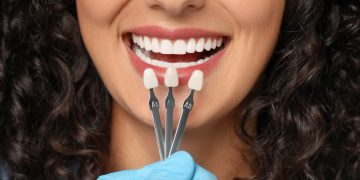
















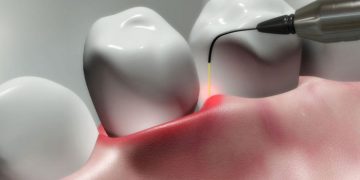


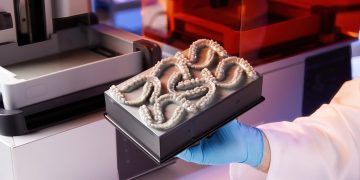
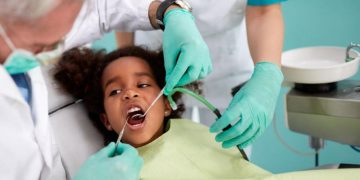
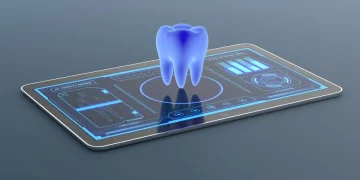
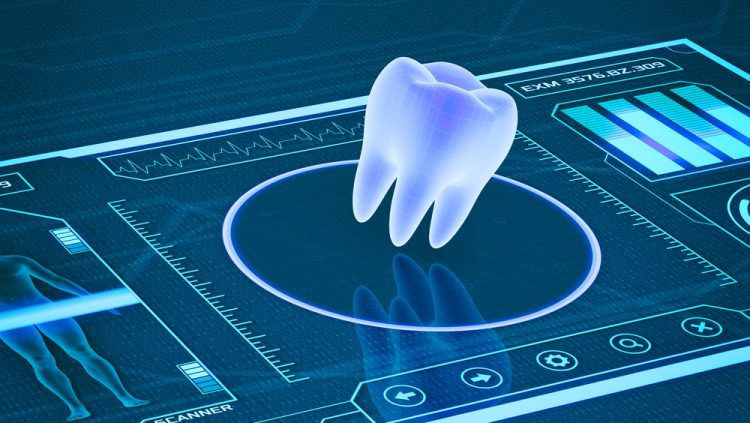












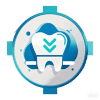
Discussion about this post